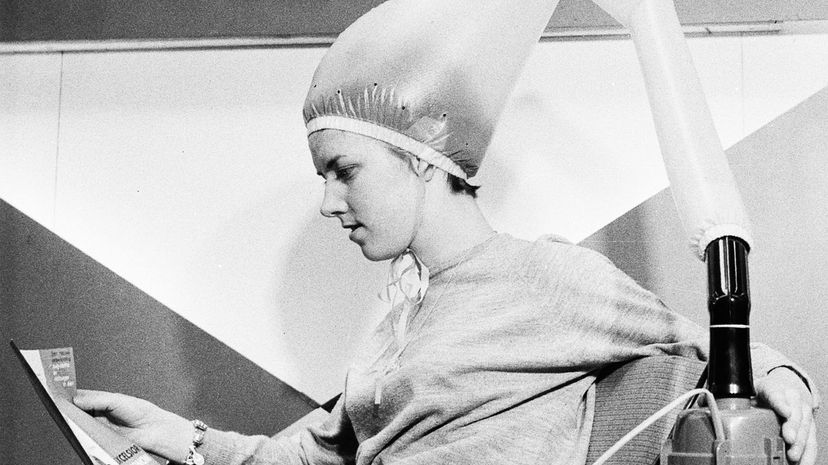
About This Quiz
If you remember anything about your grandmother's house, then you will recognize many of these items. Although, if you look at the more updated versions, the vintage ones are almost unrecognizable. Sometimes. items that were used almost daily back in the day aren't even around anymore. Just like anything else, households needs evolve and some items make the cut, some get updated and some just cease to exist.Â
What you call your refrigerator used to be an icebox, and it's not the place where your heart used to be. Did you know that some iceboxes also had stoves on top for you to cook on? It seems a little counterintuitive if you really think about it. But that just goes to show how much things change, and when the focus is put on the needs of the homeowner, manufacturers can pinpoint what items they want. Luckily, you can now have your stove separate from where you chill your food. What a novel idea!Â
If you can recognize most of these items, you're either relying on nostalgia and the items you use to own or are tapping into the times you spent with your grandparents and their florally decorated drinking glasses. Take this quiz to see if you can identify all of these vintage household items!
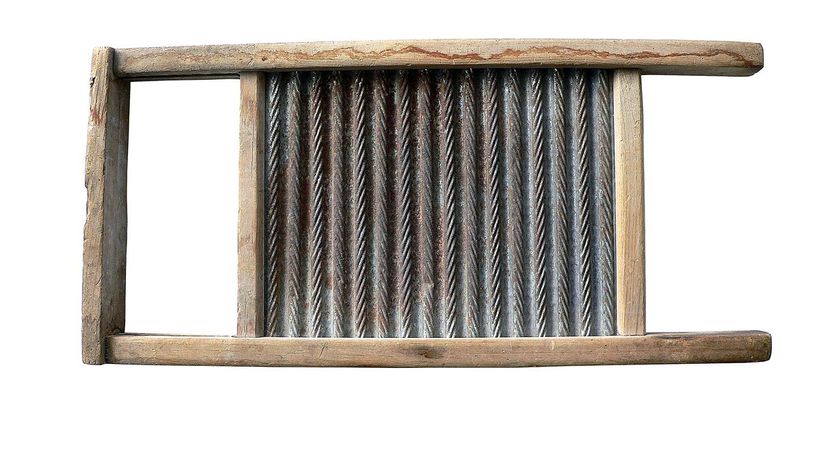
Before everyone had access to mechanical washing machines, washboards were used to agitate clothes that had been sitting in soapy water. It would help scrub the dirt out and bring life back to the clothes.

A carpet beater kind of looked like an old school tennis racket, but it was actually made out of metal and was used to beat the heck out of rugs in order to loosen all the dirt and dust that would collect. It wasn't an ideal chore, but this made it easier.
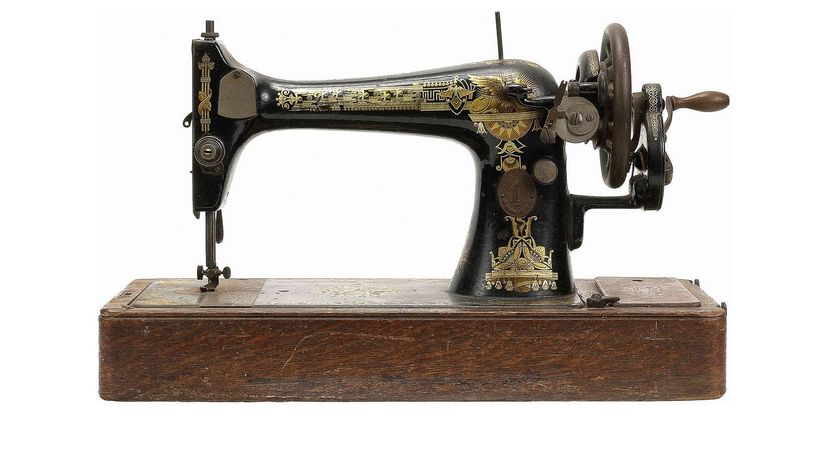
While the first sewing machine was invented in 1755, it wasn't successfully marketed. It didn't really take off until 1830 when a French tailor signed a contract for his sewing and embroidery machine.
Advertisement

Loaves of bread do not last long before getting that classic stale feel. You know what it is. Putting the bread in a breadbox, which was usually made out of wood, helped keep the bread off your counter and saved the freshness for just a little bit longer.
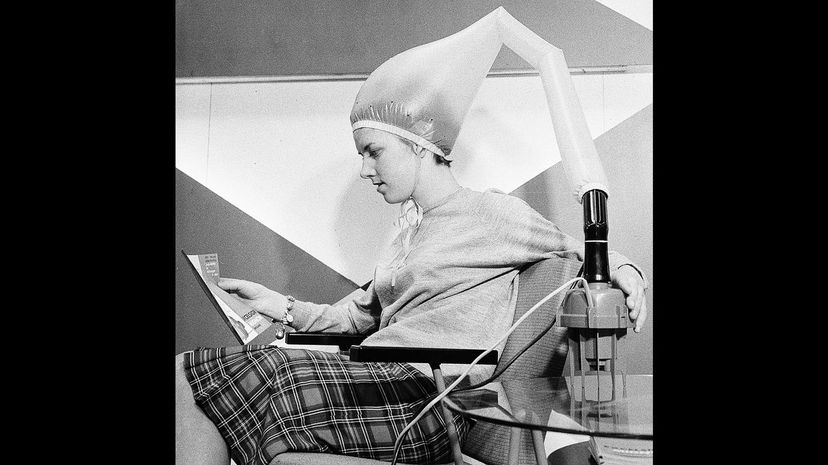
The hair dryers that your mom and grandma used probably looked a lot like this. They were basically shower caps with an air hose. When turned on, the hot air would get trapped in the cap and dry your hair.
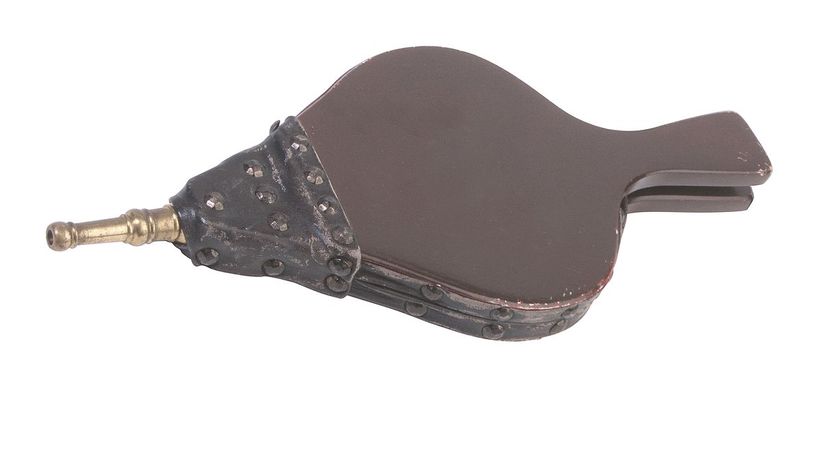
If you wanted a roaring fire on a cozy night, you would break out your bellows, which was an accordion-like bag that would blow air when squeezed together. Fire needs air to grow, so this was the perfect contraption.
Advertisement
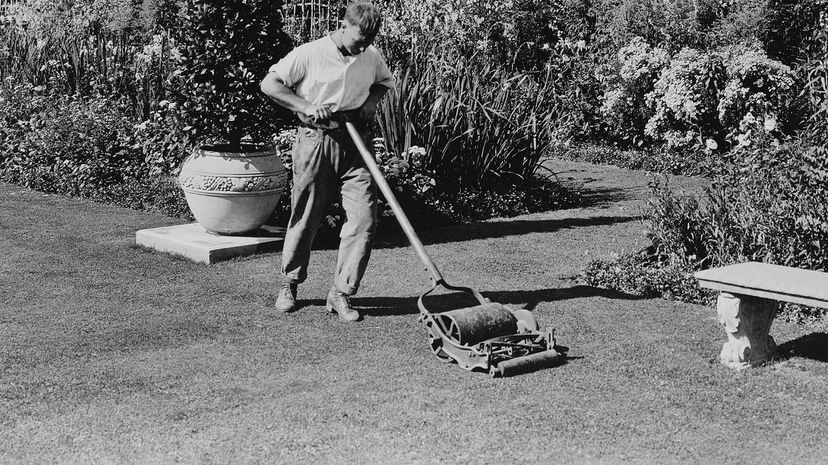
Lawnmowers have come a really long way since the days of push mowers. Even though someone still has to stand behind mowers now (unless you have a riding mower), back in the day, the only way to move the mowers was to actually push them with your body weight.
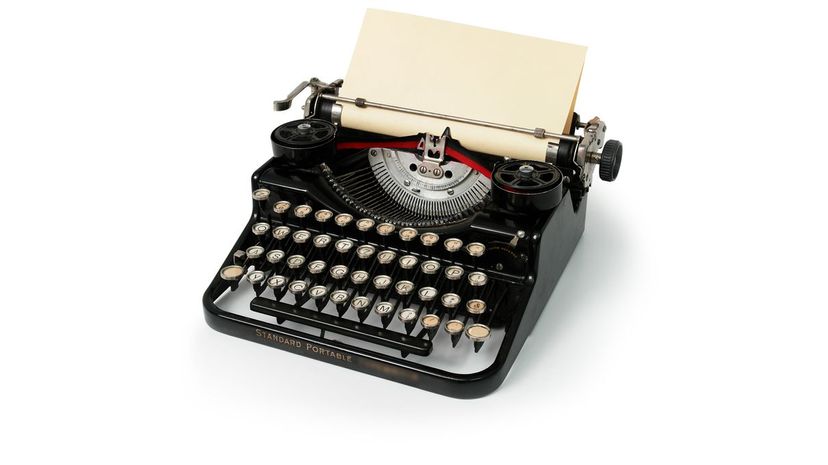
Before your MacBook and gaming PC, there were typewriters. No backspace, just whiteout, and you had to manually push the mechanism over to get to the next line. It seems so archaic now, but it was revolutionary at the time.
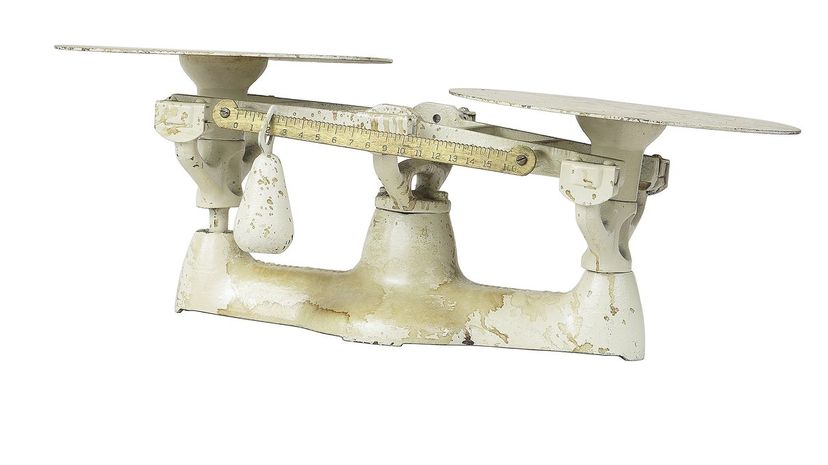
These scales were a little trickier to use because you needed to know how to offset the scale in order to get an accurate reading. Once you got the hang of it, though, it was basically second nature and super easy.
Advertisement
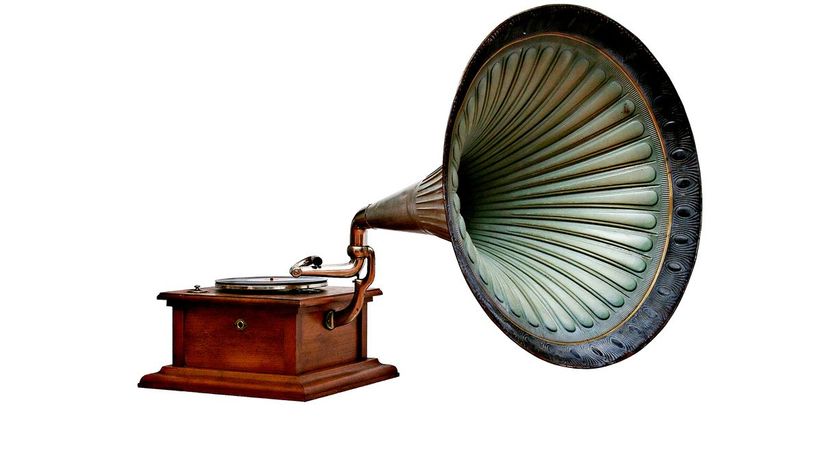
This was the classic music playing device of the 1940s. Some might think it looks a little ostentatious but it looks so regal. It usually signaled that you knew your stuff when it came to music. It was also just super fun to look at and play.
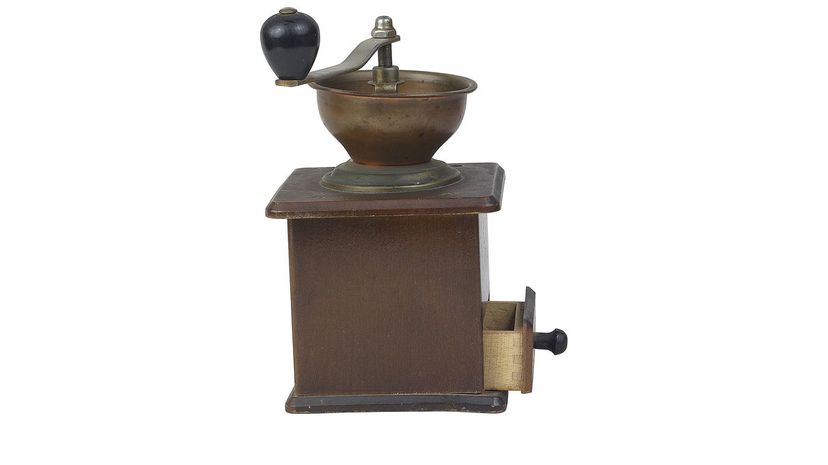
The coffee grinders of today are electric and a lot easier, but back in the day, they were hand cranked. You would put whole beans into the canister, then crank the handle to work the grinder. It was easy peasy and a good arm workout to start the day.
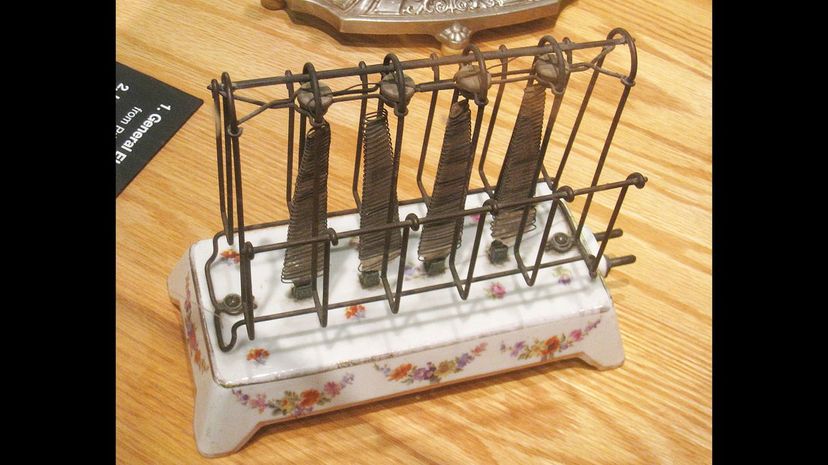
Old fashioned toasters did not have slots for the bread. How did they work, you ask? They had doors that you would open, or wire racks (shown here) to position the bread near a heating element.
Advertisement
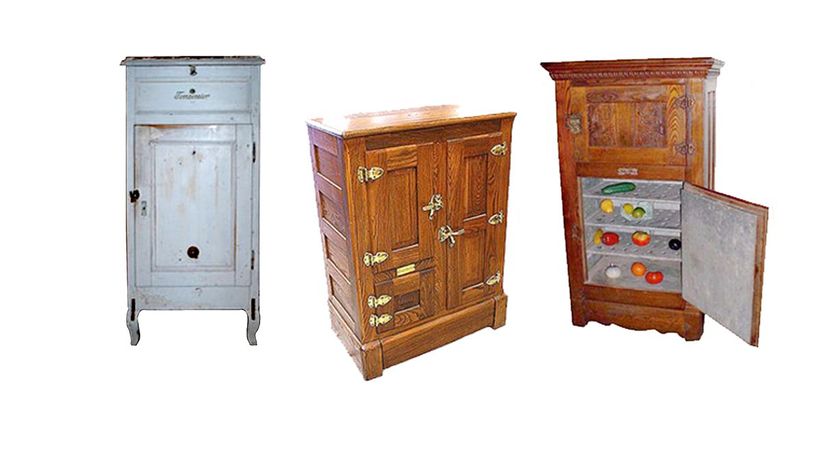
When it was in its heyday, the icebox was just known as a refrigerator. It wasn't until the mechanical fridge was invented that the older version became known as an icebox, since ice, not electricity, is what kept the food inside cold.

Housewives had recipe card boxes, business people had a Rolodex, which basically stands for a rolling index. It was a cylindrical roll of paper that would hold all of your contacts and their information. It was also fun to play with and waste time.

Candle snuffers were bell-shaped ends on a metal pole that would be placed over a candle's flame. It would, like the name suggests, snuff out the flame. Nowadays, some people do have these, but they are more of a novelty item than a necessity.
Advertisement
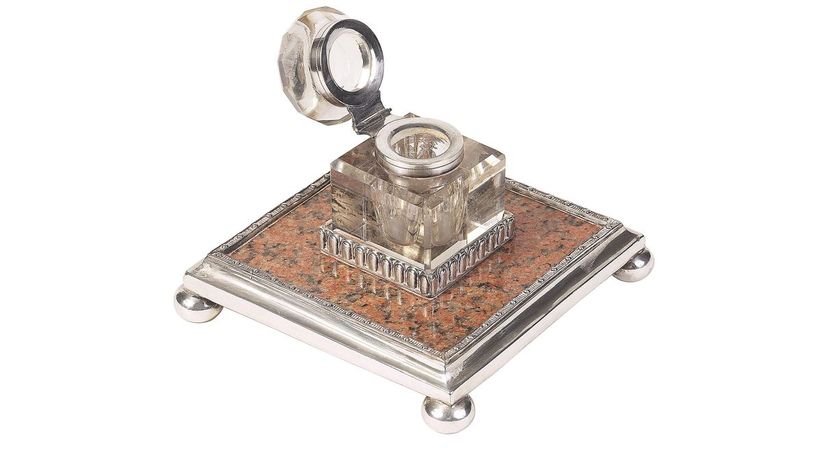
An inkwell was crucial when writing with quills was the most common method. People have them as collectibles or simply to be "vintage chic." They were made out of lots of different materials, depending on your budget or status.
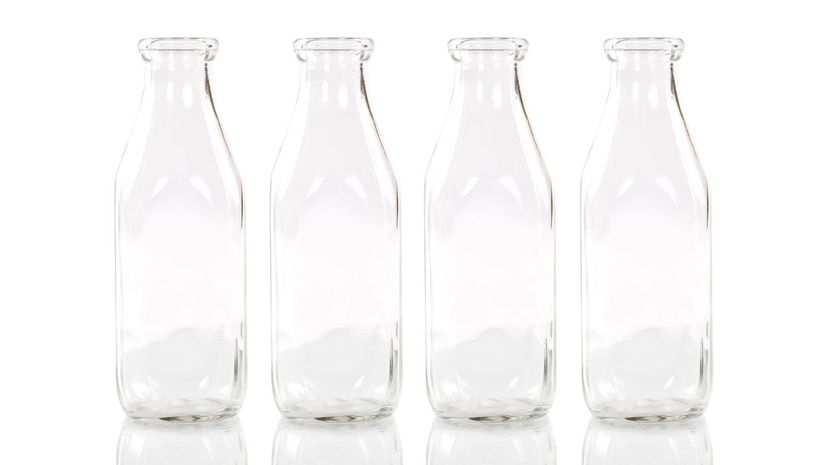
Milk used to be delivered right to people's front door in glass bottles. Once the milk was gone, homeowners would put the bottles back on the porch to be taken away and reused. Seems pretty efficient!
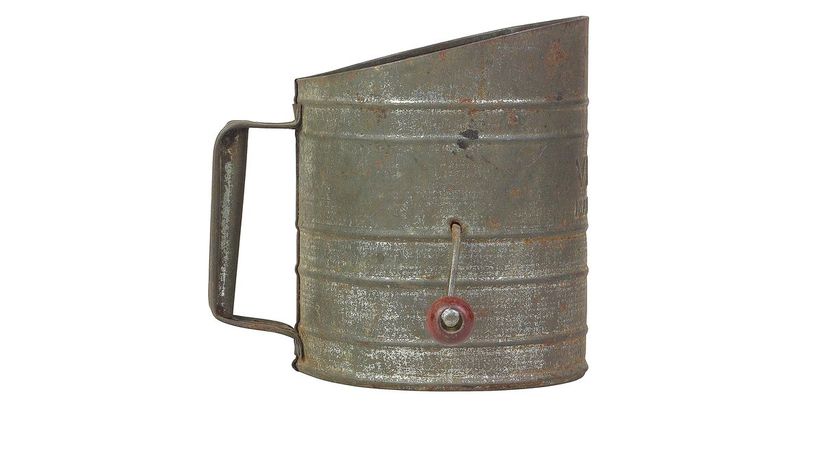
These metal items were used to sift the lumps and imperfections out of flour and other dry baking ingredients. It was operated by squeezing a handle or turning a crank. Another part inside would push the dry goods through the little holes.
Advertisement
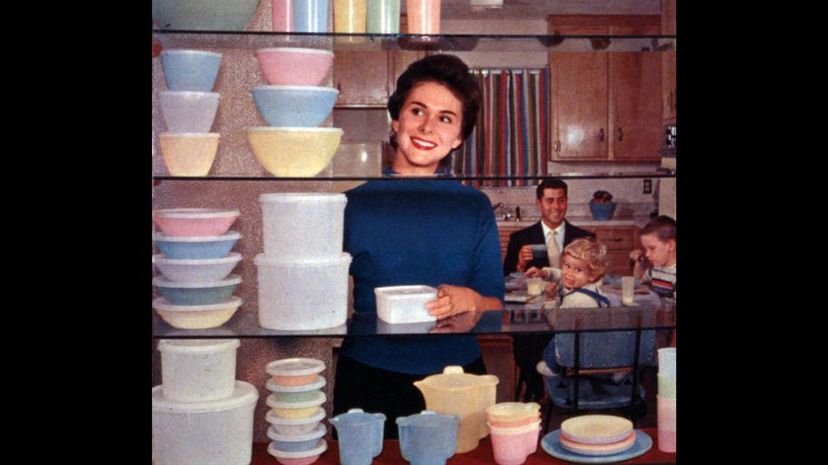
When Tupperware was first released in 1942, it took housewives by storm and became a collector's item. Having all of the latest sizes, shapes and colors was a status symbol, but getting them back from neighbors was the hard part.
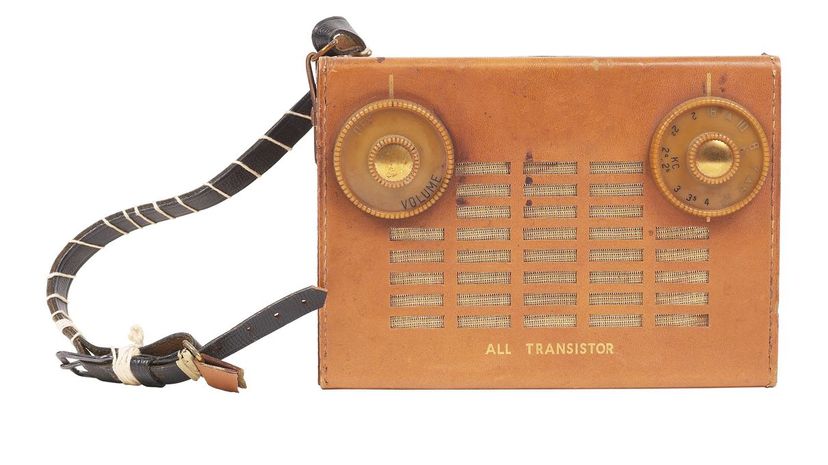
After the invention of the transistor in 1947, the transistor radio was created and be marketed in 1954. They quickly became the most popular portable item in history and allowed people to listen to music and the latest news.
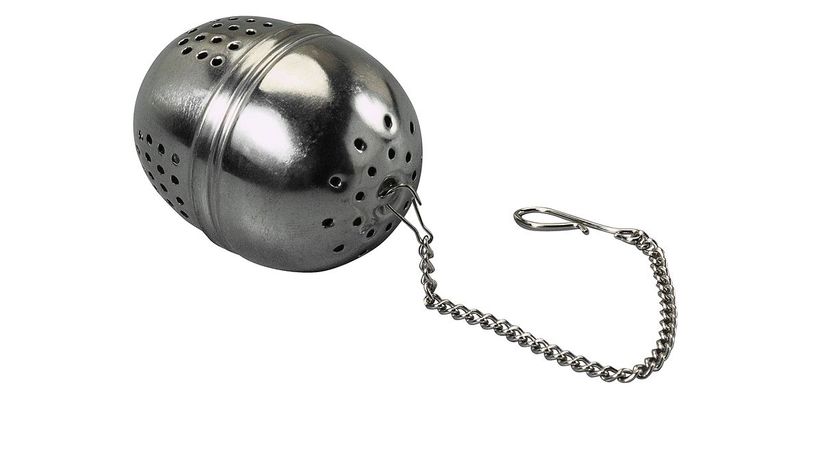
Back when loose tea leaves were the only option, a strainer was created for them. You would put the leaves in the strainer and steep that in the water. That way, the leaves would be contained and you'd get all the deep flavor out of them.
Advertisement

Salad tongs, believe it or not, were a specific item used decades ago to toss and serve salad. They could be hard plastic or sterling silver and were part of your china collection. The two parts were connected, so they really only served the purpose of tossing and serving salad.

Owning a fondue set was a staple of the '70s. People would gather at their friends'' houses and dip anything they could imagine into the melted cheese sitting inside the custom pot. If you weren't invited to a fondue party, you were missing out.
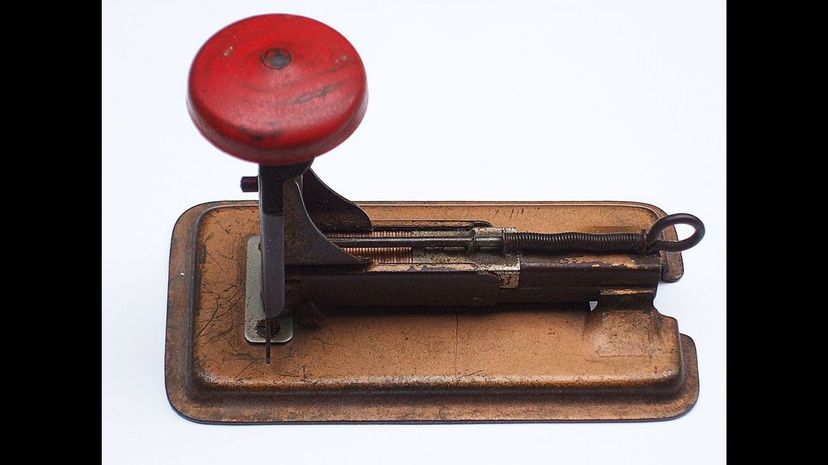
The first stapler was patented in 1878, but they didn't become a household product until the 1940s when they were much more readily available to consumers. Did you know the stapling plate is called an anvil? Who knew!
Advertisement

The good old rotary phone. If you never had to use one of these, you did not miss out on anything. It took way longer than necessary to dial a phone and you better hope you didn't miss a number.
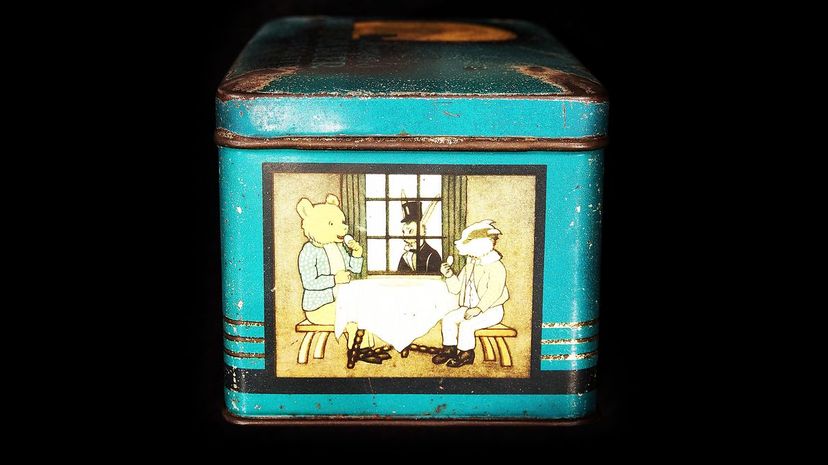
Those who had self-control and didn't eat the entire batch of biscuits would need a place to store the leftovers. These tins were made specifically for that purpose. They acted kind of like a breadbox and looked like a cookie jar, but for biscuits.
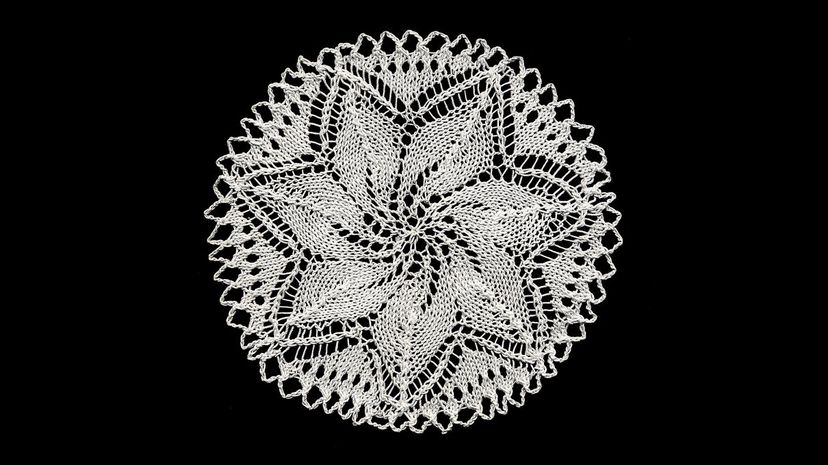
Did you know there was a draper named Doiley who introduced the woven item in the 17th century? The term was originally used as an adjective, but then became known as the item we know today.
Advertisement
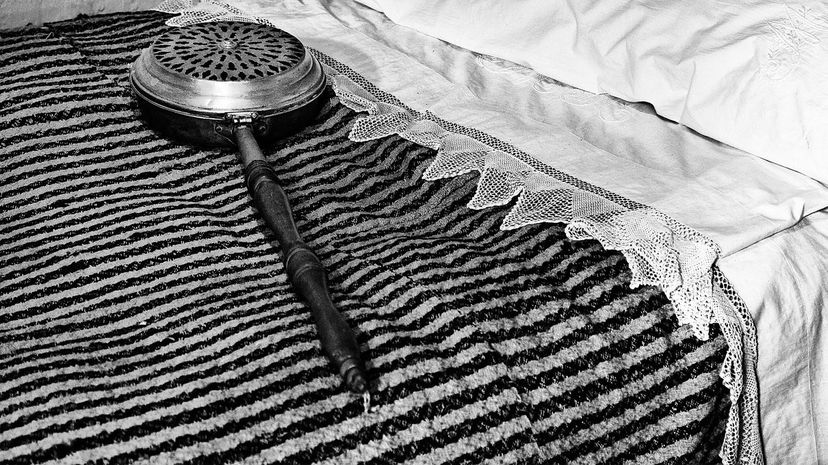
With this decorative item that was also extremely functional, you would put hot coals inside the metal container and stick it under your bed sheets before bed. It would heat up the entire bed and be ready for a warm slumber.
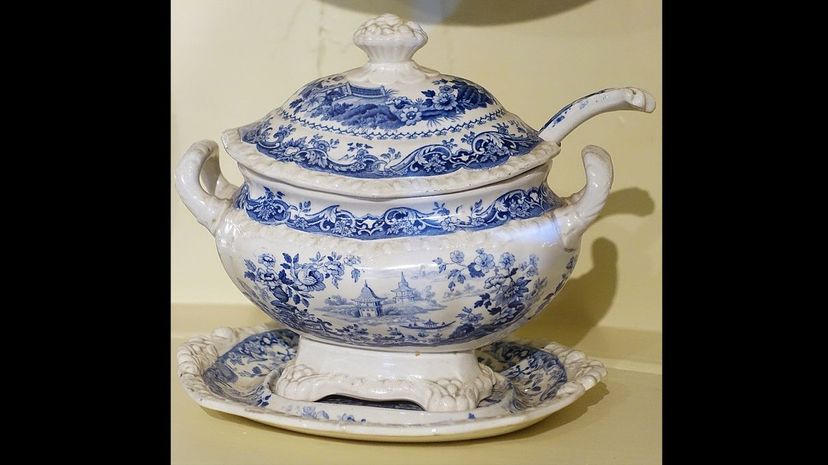
Soup tureens are still around today but are one of those things that just sit in a china cabinet. Back in the peak days of dinner parties, they were used almost every weekend. The soup would sit in the bowl, the lid would keep it warm and there was a slot in both to hold the ladle.
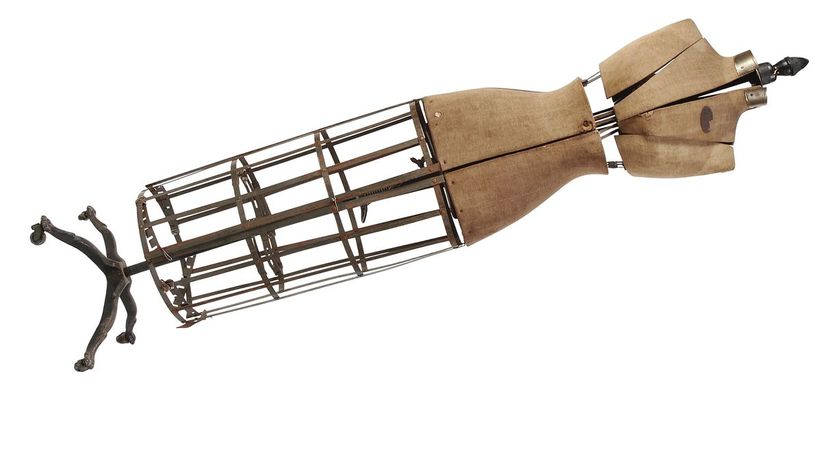
Dress forms were usually used by seamstresses but they were also readily available for women who wanted to use them to see how outfits would look on a body. They could also use it to alter clothes as needed.
Advertisement
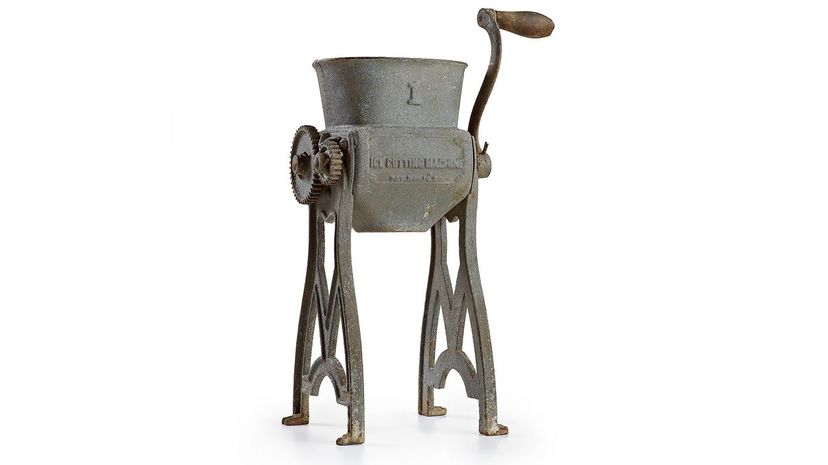
These ice crushers actually looked a lot like coffee grinders and worked in pretty much the same way. You would put ice in the canister and wind the crank to crush the ice. Ice is a little harder to crush than coffee, though, so get ready to really wind!
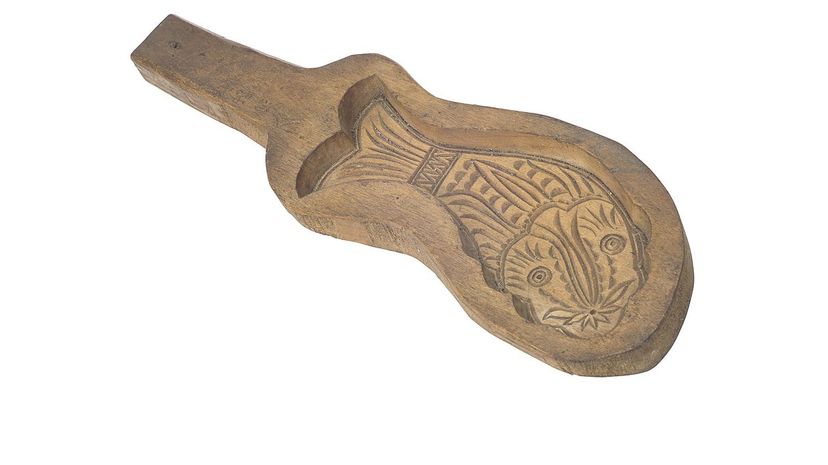
Having molded butter at your dinner table was a sign that you really knew how to throw a party. The designs were reverse carved into wood, but sometimes they were made of glass, and would imprint the butter with the chosen design.
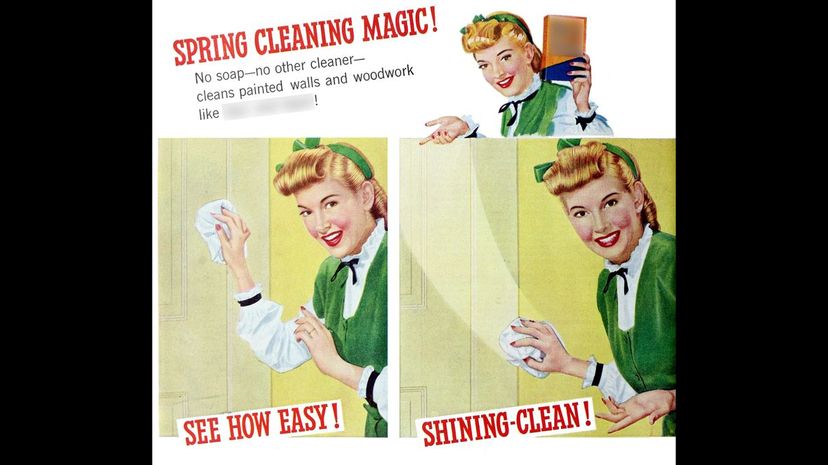
Spic and Span of the '40s and '50s was known for its amazing commercials. They were fun, often animated, and featured sparkling clean floors and a very happy woman. This makes sense since it was invented by two housewives from Michigan.
Advertisement
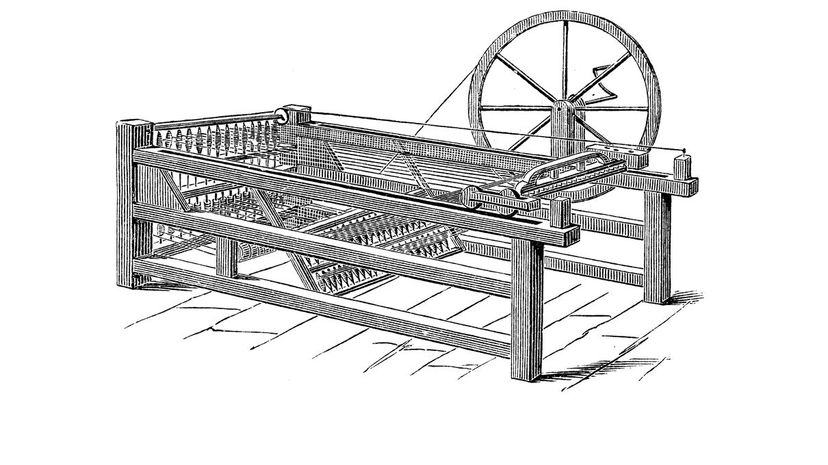
The loom was mostly seen in factories but there were smaller versions that were meant just for households. It allowed stay-at home-wives and moms to weave cloth for clothes, curtains, slipcovers, etc.
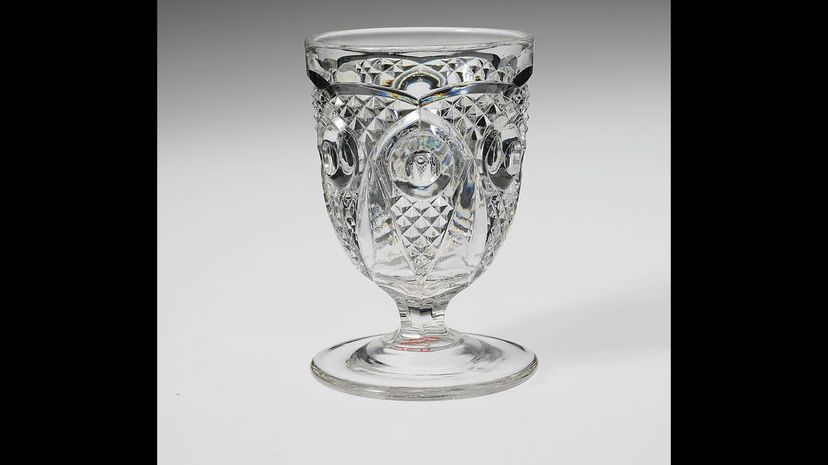
These cups were especially handy for soft boiled eggs so that you could crack them open and dip toast soldiers right into the runny yolk. Eggs tend to roll around on plates, so this would prevent that. Plus, they looked pretty fancy.
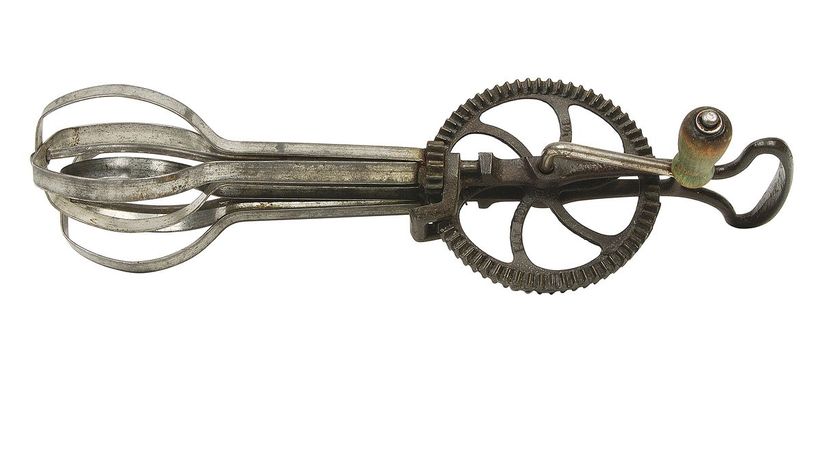
Before hand mixers and stand mixers, there was the egg beater. Like most beating and grinding items from those days, it was hand cranked. The beaters look like the ones on your hand mixer, but you literally had to hand crank a lever to move them.
Advertisement
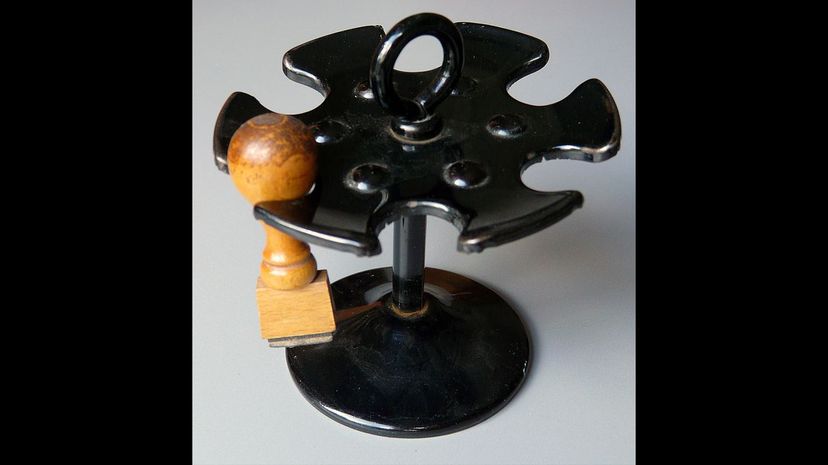
Rubber stamp holders are pretty self-explanatory. They were upright contraptions with clamps or slots that would hold the handles of the stamps to keep them organized, all in one place and off your desk. This way, the ink wouldn't stain anything it wasn't supposed to.
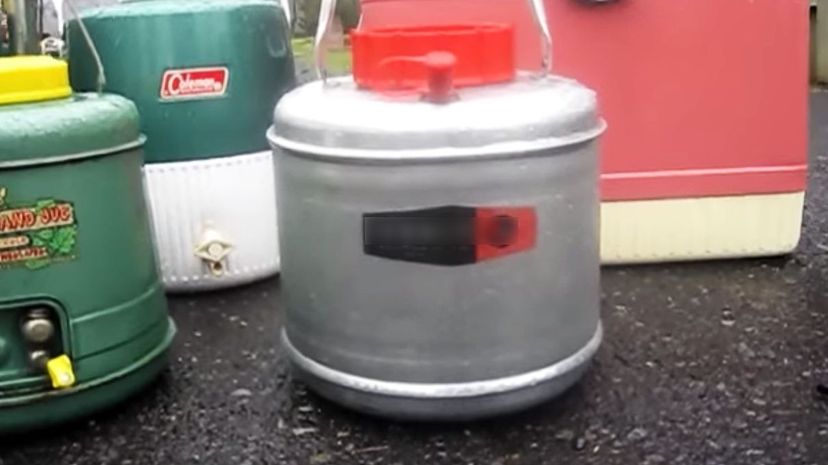
Therm-A-Jugs, the one pictured is a Poloron Featherflight, were basically a giant Thermos used to keep drinks cool. It's a simple concept really, and one that has been updated so much that Therm-A-Jugs don't exist these days. There are plenty of similar options, though.
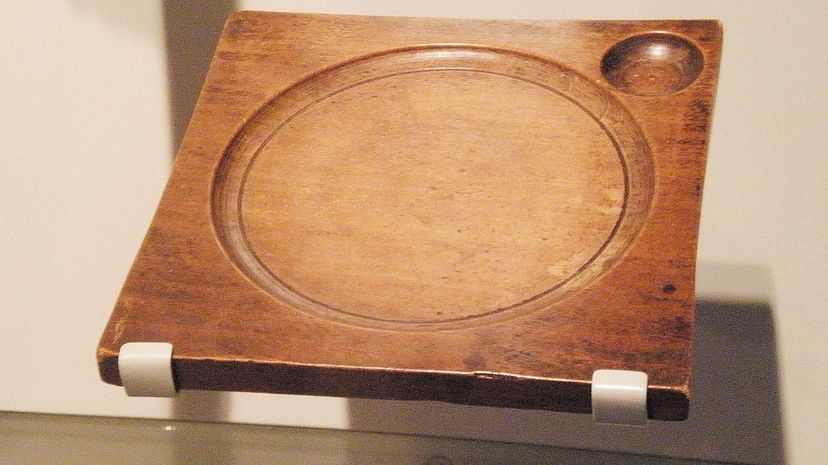
Trenchers, back in the really old days, were dried out pieces of bread that people would use as plates. Later on, trenchers were made out of wood and were flat disks with a crater in the center to prevent the food from spilling over the sides.
Advertisement
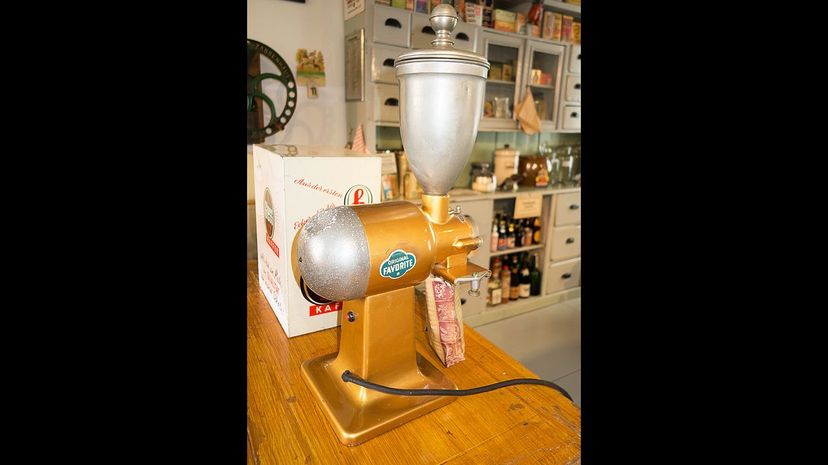
You could own your very own milkshake maker which made milkshakes in the exact same way that you would get at an ice cream parlor but on a more consumer-friendly scale. Salesmen used to go door-to-door selling them!